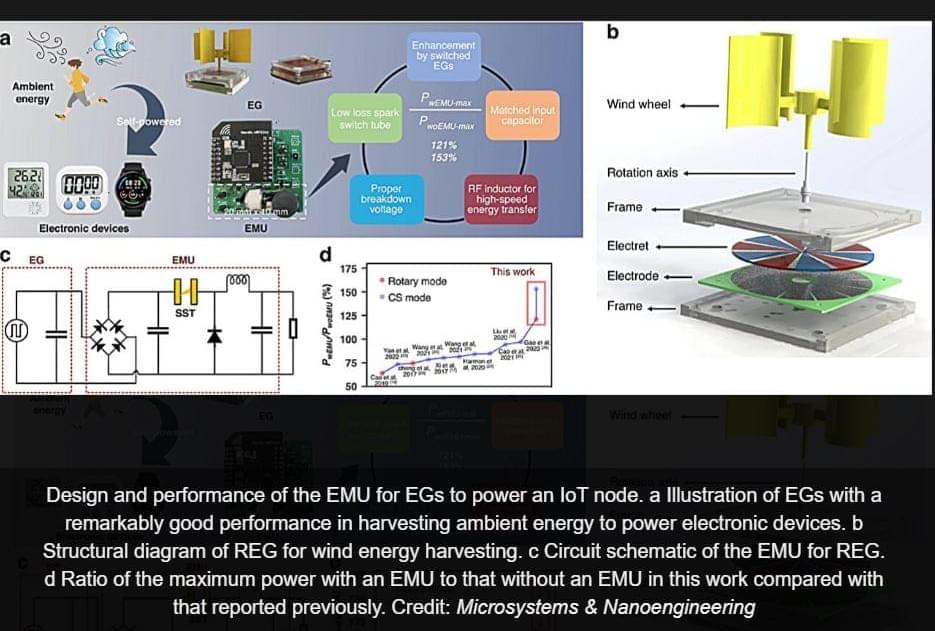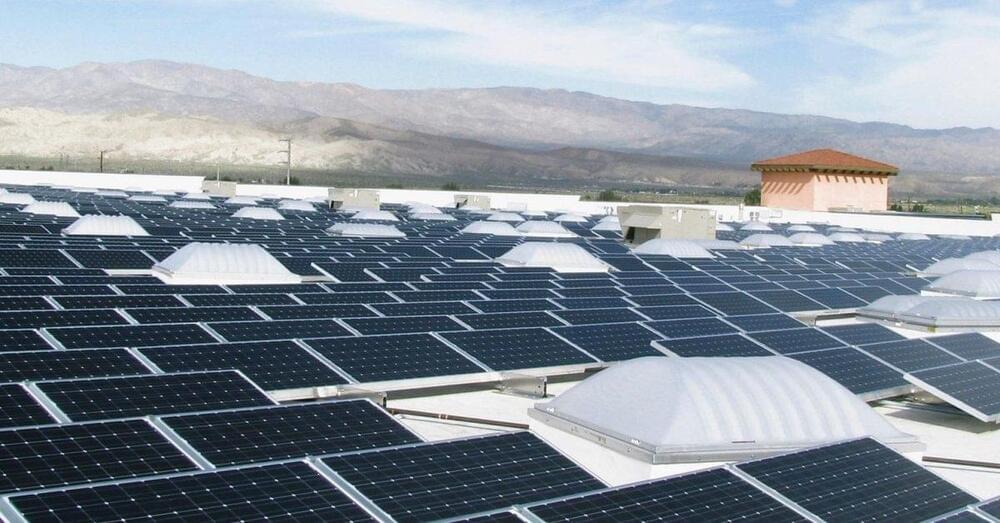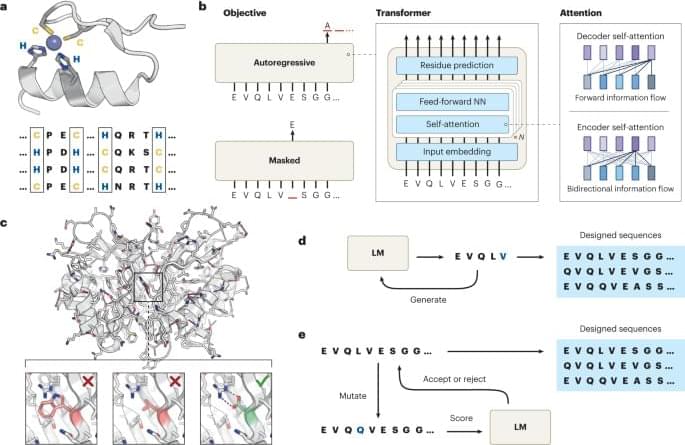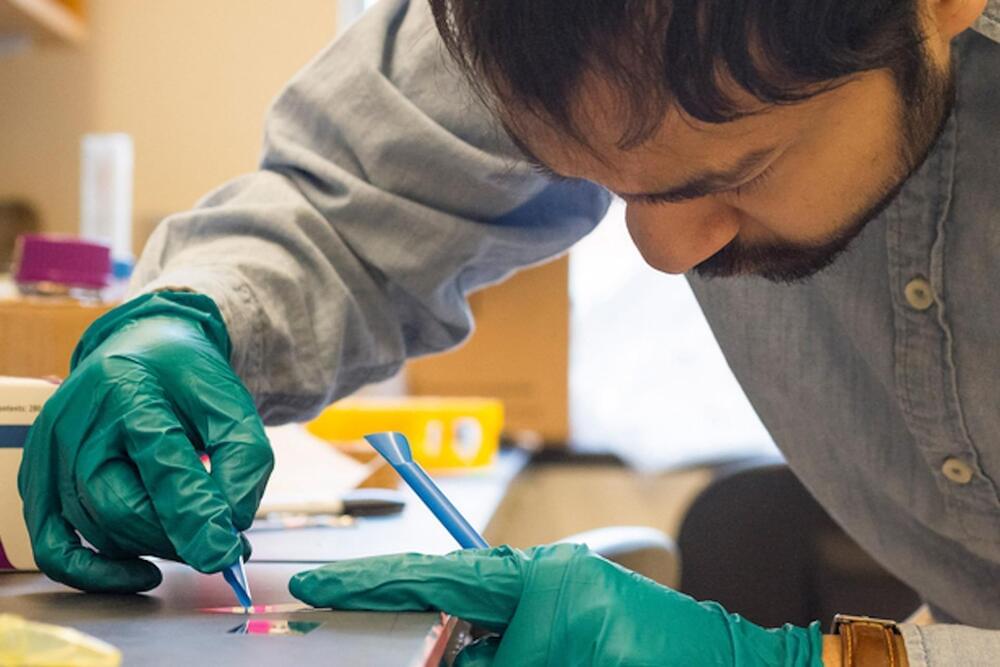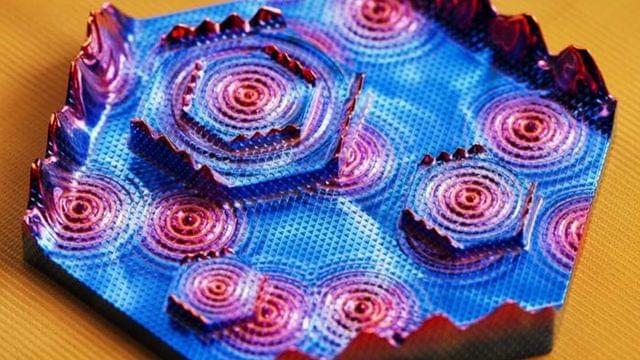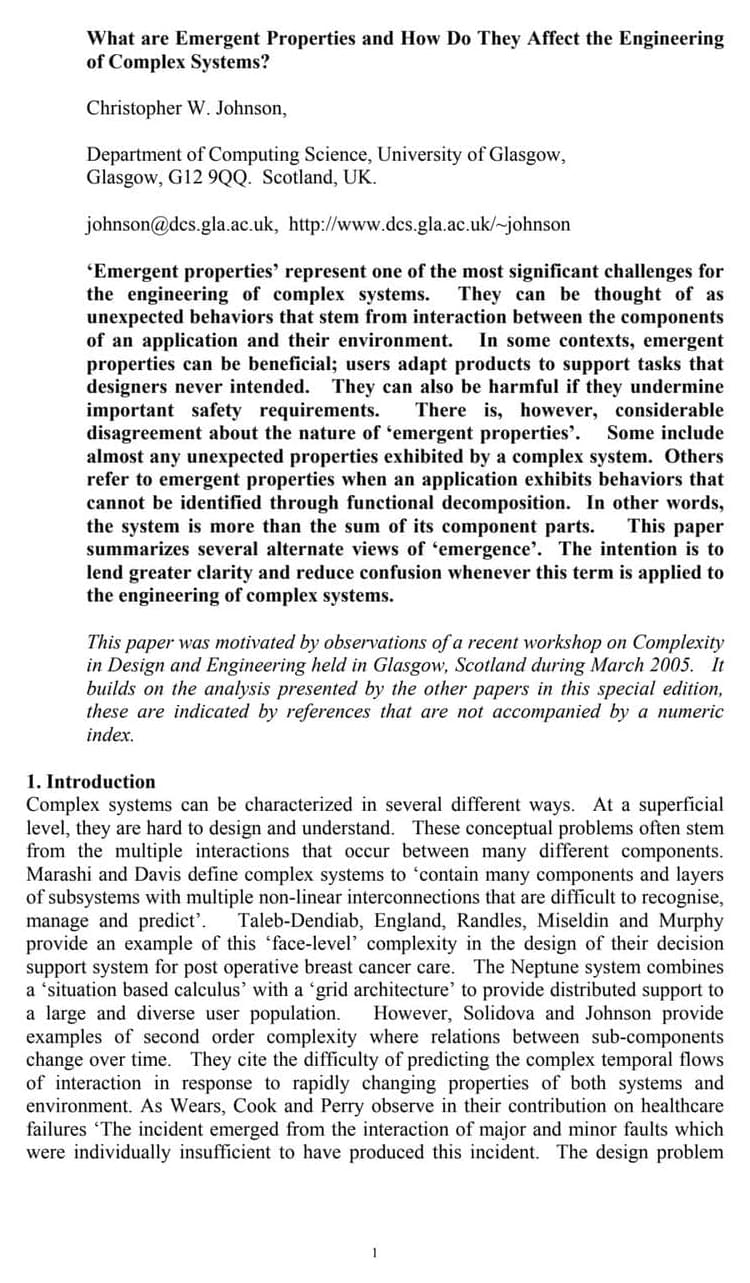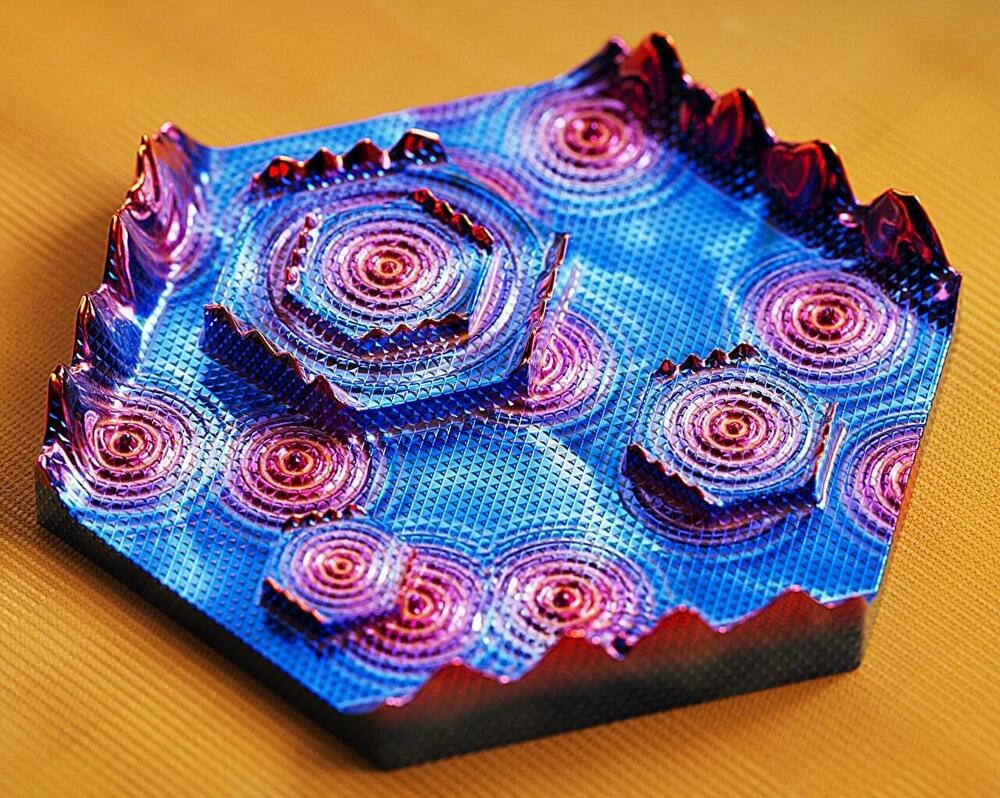Apr 17, 2024
Ocean Measurements Detect Conditions for Giant Waves
Posted by Saúl Morales Rodriguéz in category: engineering
Observations of the Southern Ocean show that wind can produce the surface states needed to generate rare “rogue” waves.
Researchers still disagree on what causes rare and large “rogue waves,” which can damage ships, lighthouses, and other structures. Now, using combined measurements of wave heights and wind speed in an oceanic region known for its rough seas, a research team has demonstrated that wind can produce the wave conditions expected to lead to rogue waves [1]. Previously, this idea was demonstrated only in laboratory experiments. The researchers hope this new understanding will contribute to the development of methods for predicting this dangerous phenomenon.
There is no consensus on what causes rogue waves in the ocean, says Alessandro Toffoli, an expert in infrastructure engineering at the University of Melbourne, Australia. One prominent view is that oceanic rogue waves occur purely through a statistical effect: although waves typically follow a “normal,” or Gaussian, distribution, with heights strongly clustering around an average, a fortuitous convergence of many such waves can occasionally produce a very large wave.

